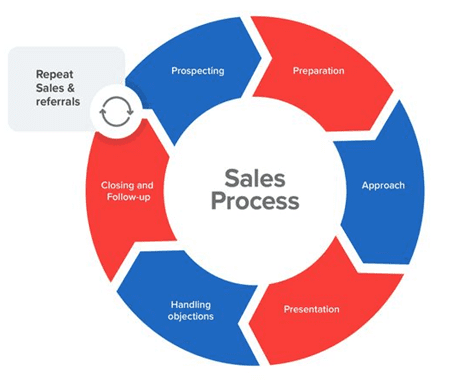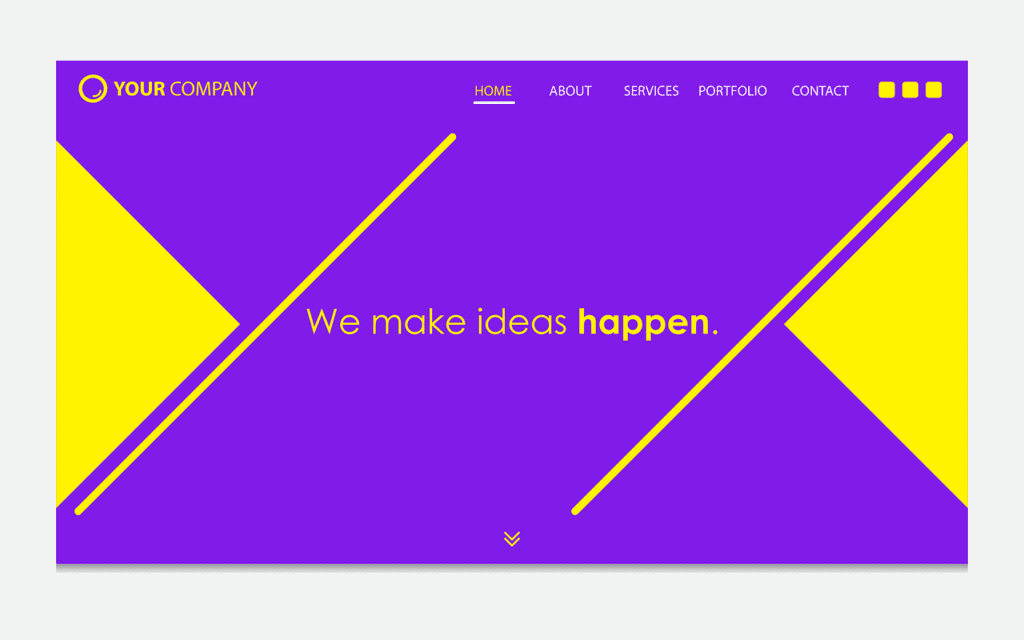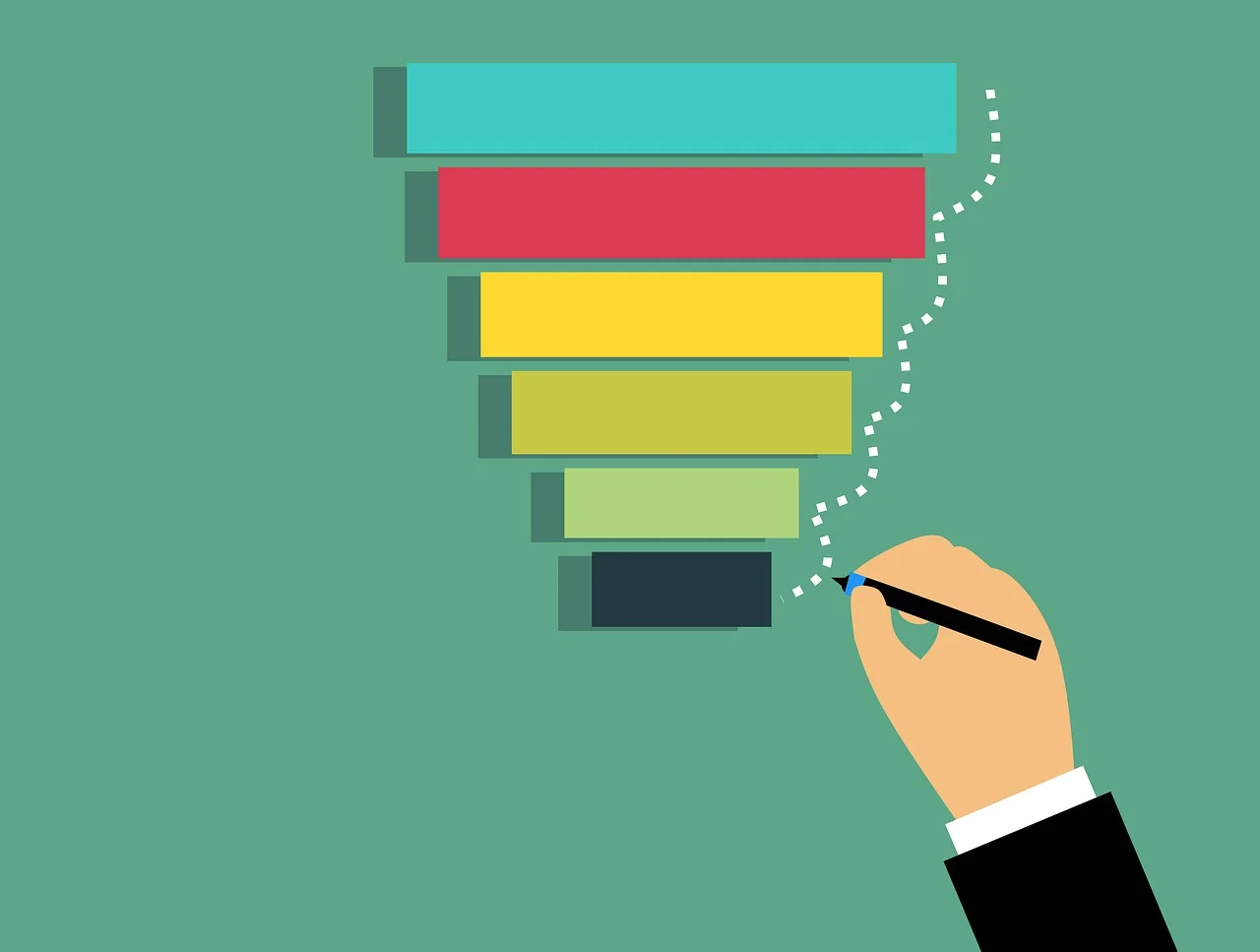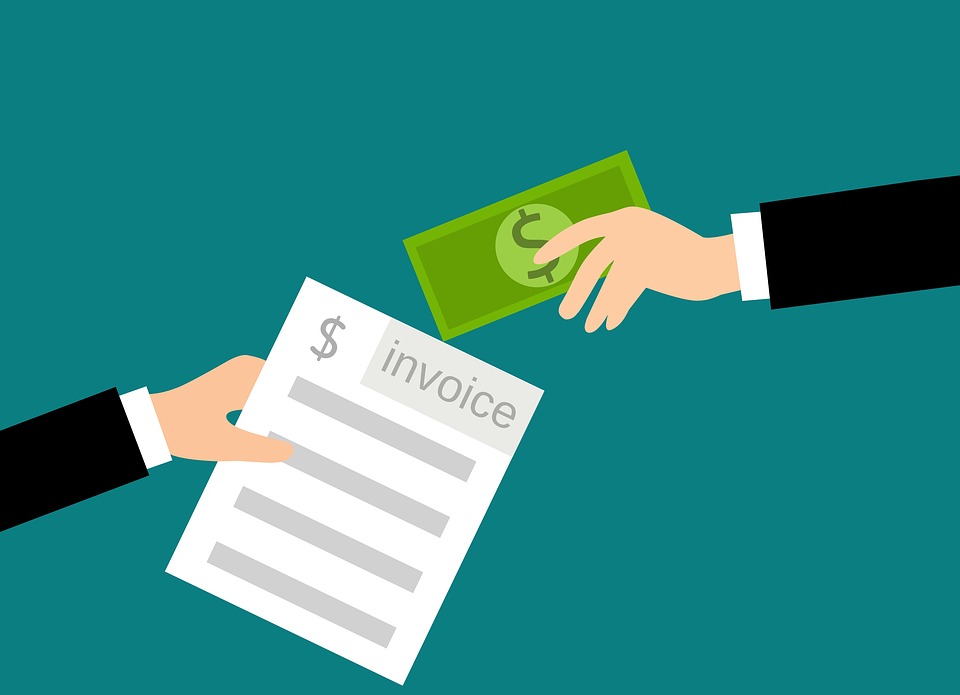
Introduction
What would you say if someone asked you the most critical factor in making a business successful? The more product sales there are, the more successful the company is because sales generate revenue. As we all know, the sales process is the contact between a salesman and their potential consumer.
Thus to make a good sale, the seller must learn all the tricks and techniques to persuade a buyer to purchase the product.
Persuading a buyer to buy your product can be challenging at times. As a seller, you must level up your convincing ability. It’s 2023; you do not need to work hard to make sales; you must work smart.
Your sales strategy should combine understanding the targeted market, Convincing quality, and the seven-step sales process strategy.
Now you must be thinking, why do you need a sales process? If you’re a business owner, wholesaler, or retailer, the seven stages of sales can show you how to make your brand successful. First, let’s check out the difference between sales methodology and process!
Sales Process v/s Sales Methodology.
Many people confuse the sales process and sales methodology. They think both are the same, but they are not. A sales process is a set of actionable activities a salesperson takes specific to a business.
A sales methodology is a concept or collection of principles that can guide the development and execution of a sales process.
The difference between process and methodology is that process is a step-by-step structure with benchmarks and phases. In contrast, methodology means dealing with customers to take them from stage to stage.
7 Stages of Sales Process
The seven stages of the sales process include the following steps. These steps or ways can improve your sales process:
- Prospecting
- Preparation
- Approach
- Presentation
- Handling objections
- Closing
- Follow-up
1. Prospecting
The first step is identifying the potential prospect and those companies who might be interested in your product and whether they can afford it.
At this point, your researcher determines the ideal buyer for your brand. These people are qualified prospects.
However, just one prospect will not suffice. You must construct a list of possible consumers that fit your pre-defined criteria.
You might wish to screen them only to see whether their average monthly profit or income is appropriate for the price of your product.
Prospecting is the first phase in the sales process and sets the tone for the remaining process.
2. Preparation
Now comes the second stage. At this stage, you must prepare yourself before approaching the potential client. It’s critical to be ready and has all the information you’ll need to get to know your prospect better before reaching out to them.
Exploring the market and obtaining vital information such as product descriptions, prices, payment alternatives, and competitive rates will be more beneficial.
It’s also crucial to arrange your presentation, and what you’ll say to address potential clients’ specific needs and the questions the clients would ask.
3. Approach
The third stage is approach; as the name approach implies, this stage involves initiating the first contact or approaching the potential client. You can do it over the phone or face-to-face.
You can approach the customer in one of three ways:
- Question Approach
- Product Approach
- Premium Approach
Try to ask a question to elicit a response from the client; it is one of the best ways to improve the sales process.
For example, if you sell shampoo, you might inquire about the prospect’s current shampoo. Is their existing shampoo suitable for their hair or promoting hair loss? How can your shampoo help them avoid hair loss?
You can give them a shampoo sample as a gift, allowing them to learn more about your product. This is known as the product approach.
If you want to make a better impression on your prospect, you might give them a gift, known as a premium method.
4. Presentation
Presentation is the fourth approach to enhancing the sales process. All your research and knowledge will come in helpful when you deliver your sales solutions to your prospect during your presentation.
You actively illustrate how your product is best for the client and how it may benefit them in many ways.
The presentation should be tailored to the customer’s needs, explaining how well the product satisfies them. It’s best to focus on it and make it the most pleasing career presentation.
Your presentation may be through PowerPoint and include videos about your product. But it doesn’t always have to be that way. Depending on the customer’s choices, it can happen in person, by email, phone, or live chat.
5. Handling Objections
After the presentation part comes to the questions section, the prospect is allowed to ask questions. When a potential customer asks questions about your product, the queries may include some objections.
However, you do not need to be nervous if you have prepared your presentation and all the necessary information.
You will be able to manage the objection perfectly and with relevant examples. This is when a good salesperson can be distinguished from a bad one. You’re an excellent salesman if you can handle objections successfully and respond with relevant answers.
6. Closing
So, once the prospect is convinced about your product and how it can suit their demands, it’s time to close the deal. It’s a good idea to question the prospect whether they want to buy the product and if they understand the terms of the sale.
Drafting a proposal, negotiating conditions, and signing contracts are all examples of how to close a transaction. It is preferable to thoroughly review everything with the prospect before signing the contract and moving forward.
Both the prospect and the salesperson should be aware of everything.
7. Follow Up
So, while your relationship doesn’t end with the prospect when a deal is closed, it continues. You need to follow up on your buyer to keep yourself updated. Calling your buyer and asking if they are happy with the product is part of the follow-up procedure.
Clients satisfied with your services can write reviews or give you five stars on social media and refer you to other potential customers, so maintaining excellent relationships with them is crucial.
MEDDIC Sales Process
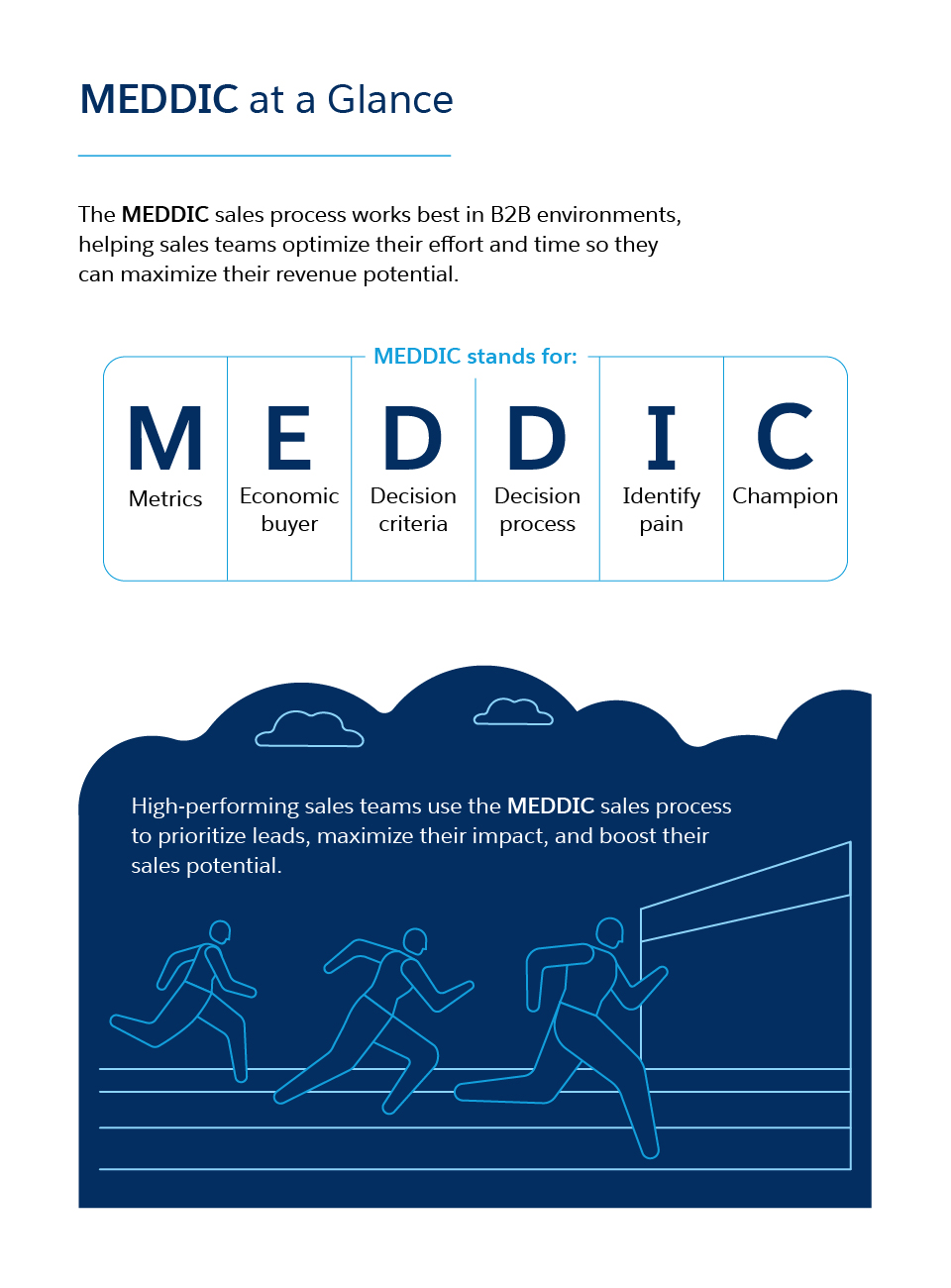
Decision Process

Finding Your Champion
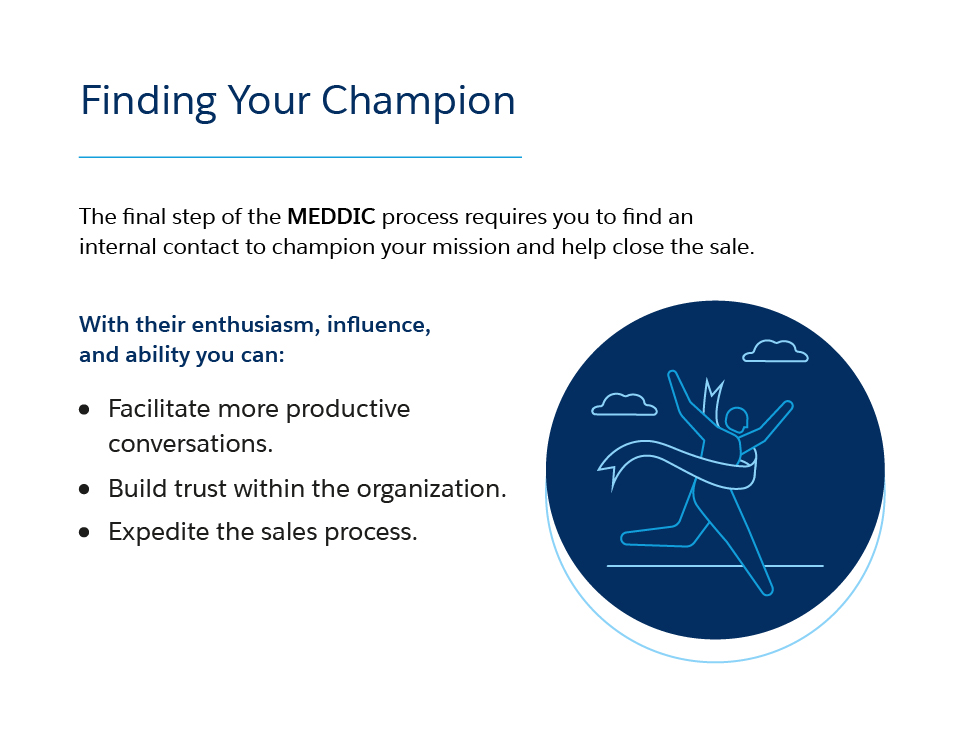
Conclusion
The selling process is about interacting with your consumers and understanding their needs. A suitable selling procedure necessitates confidence. If you have it, you will easily persuade your prospect.
In this guide, we have unveiled the seven stages of sales. Please read it carefully to have some valuable insights!

Vijay Kumar is a digital marketing expert and founder of TechZant.
He is passionate about helping businesses grow their online presence through SEO and data-driven strategies.

